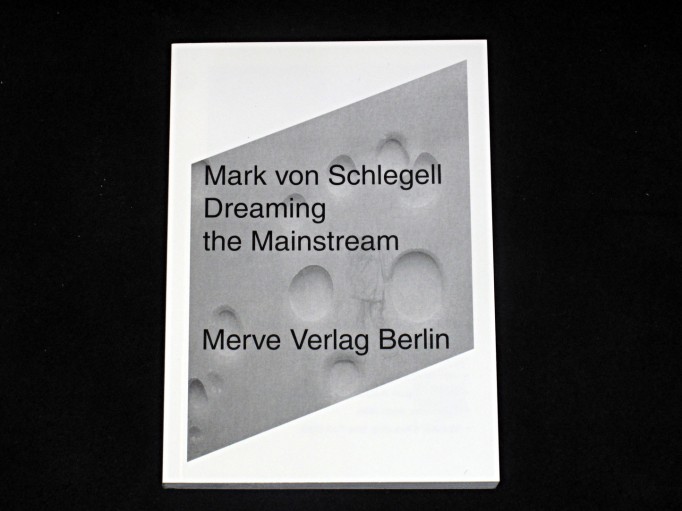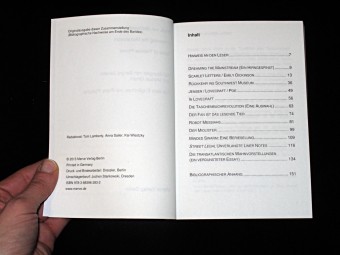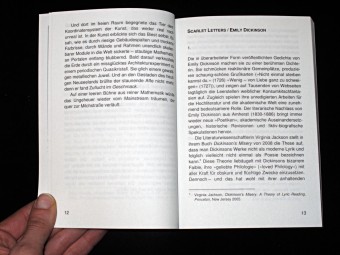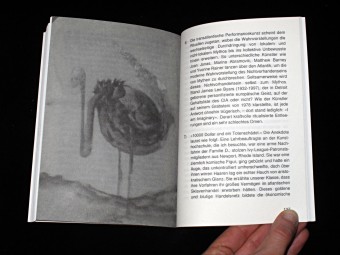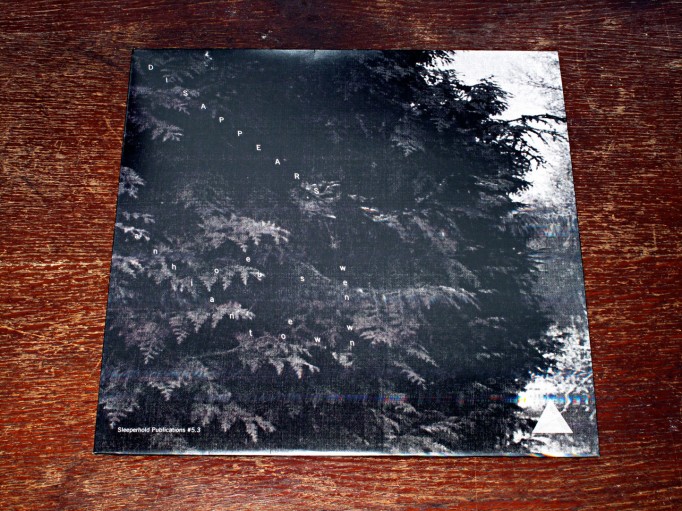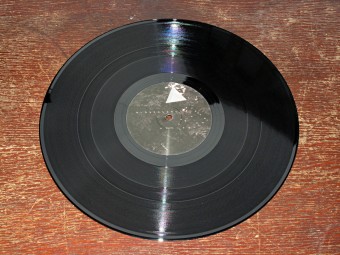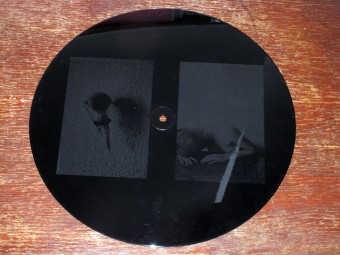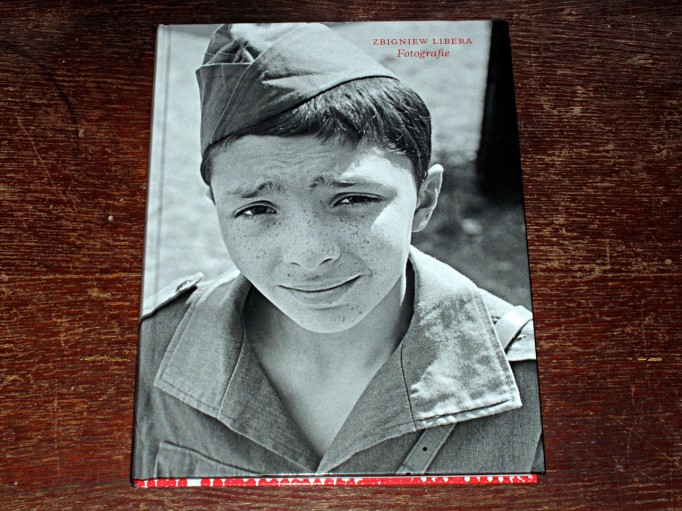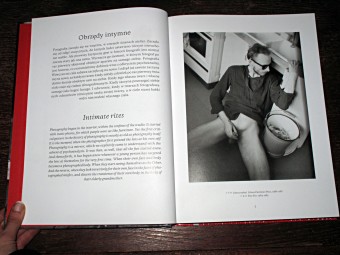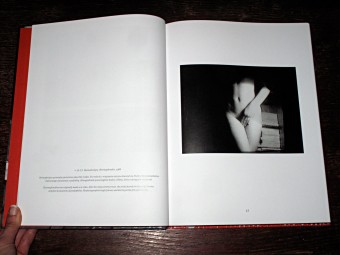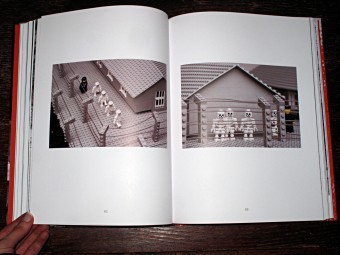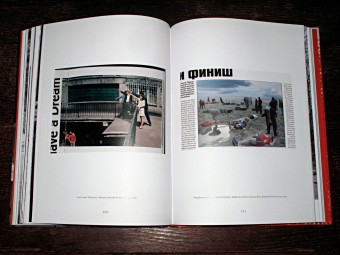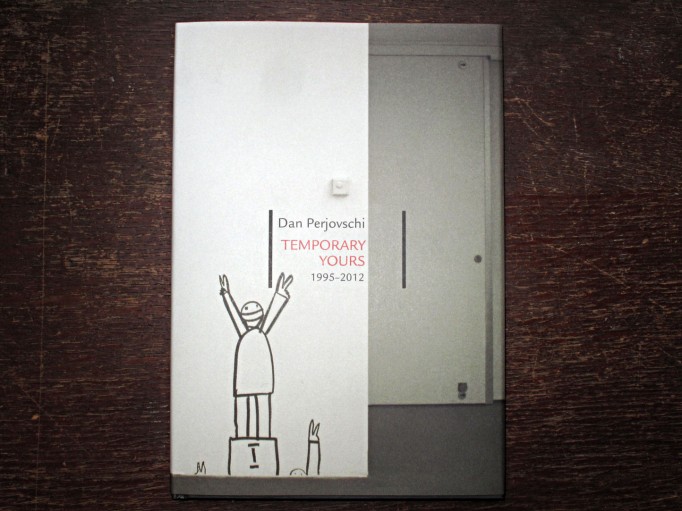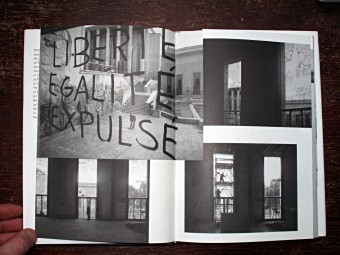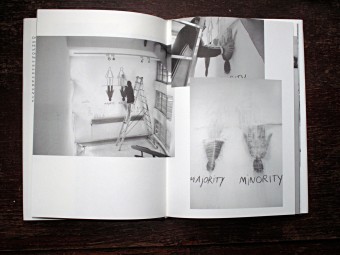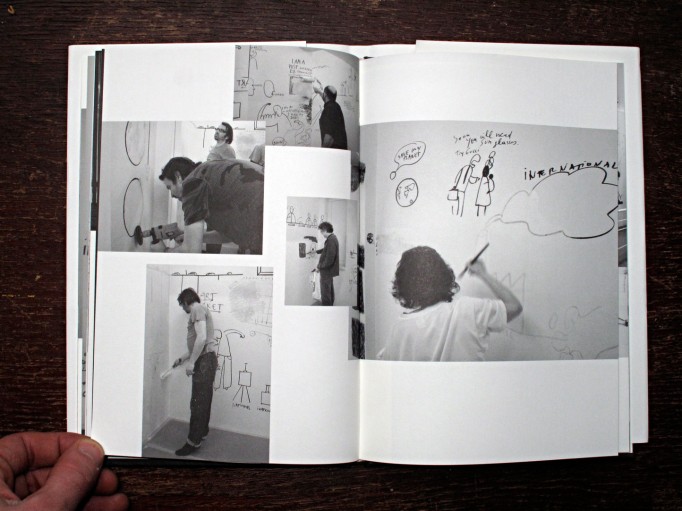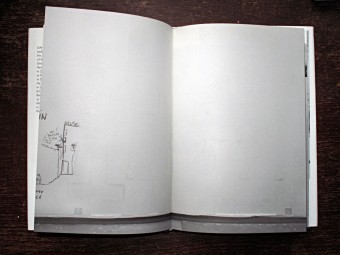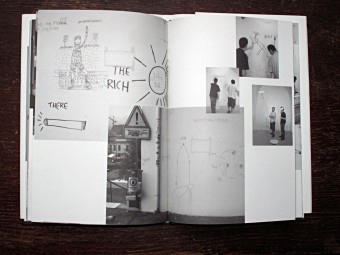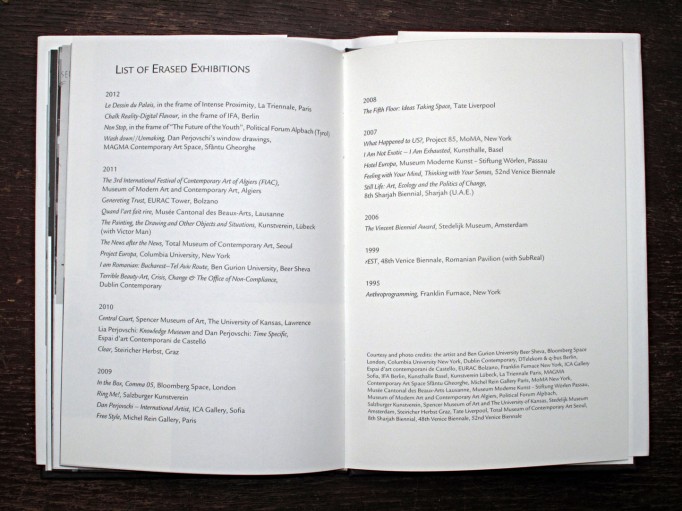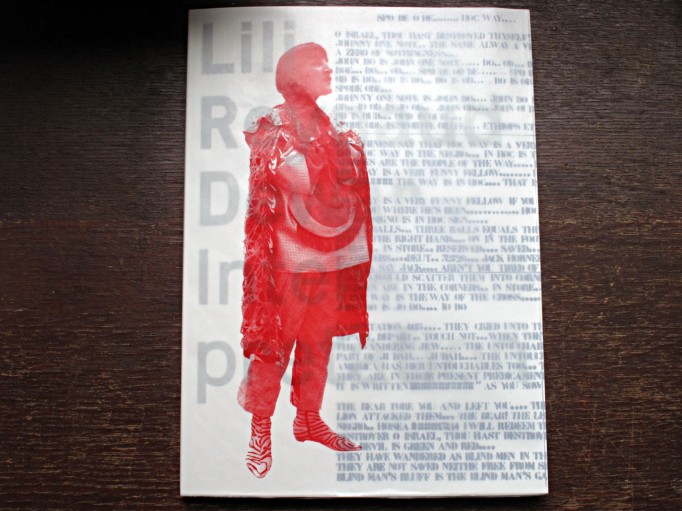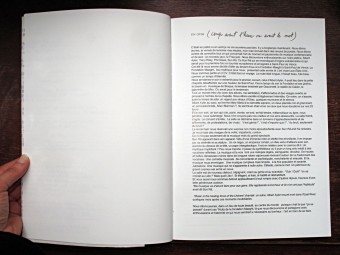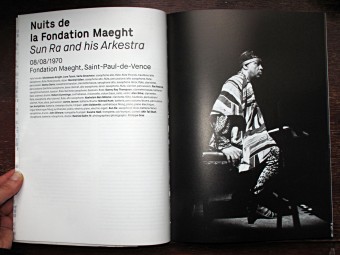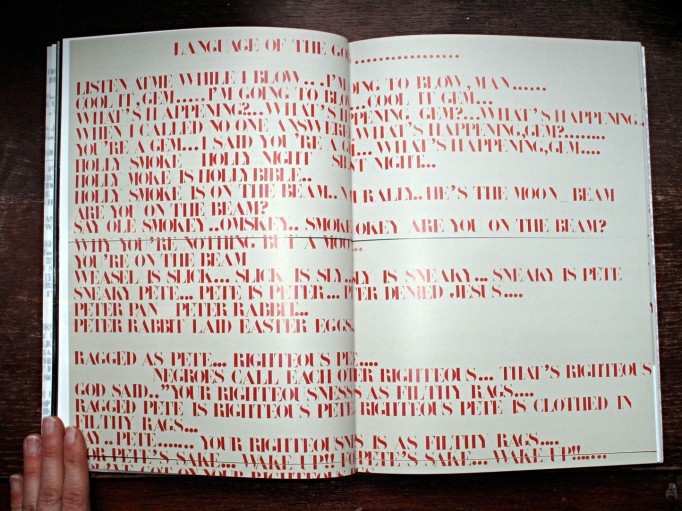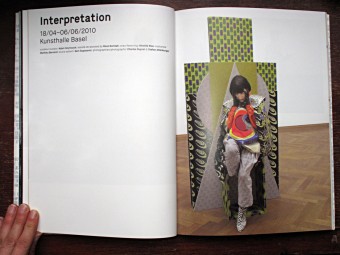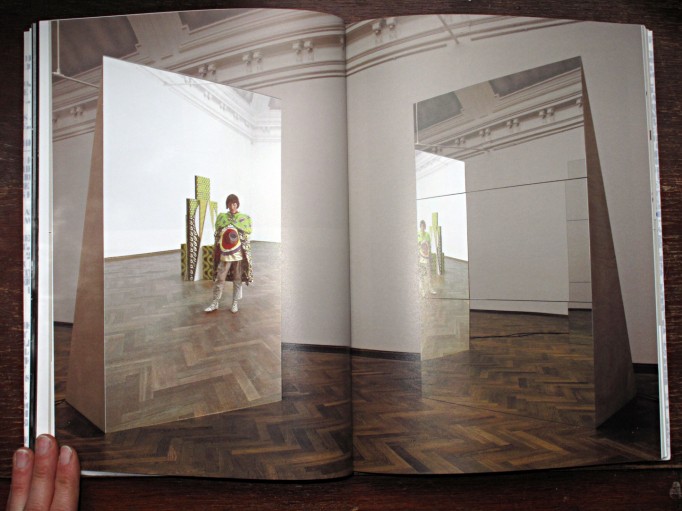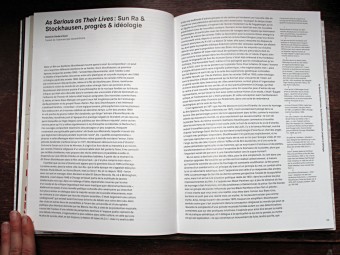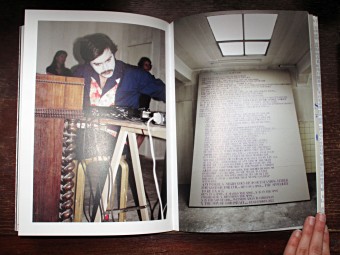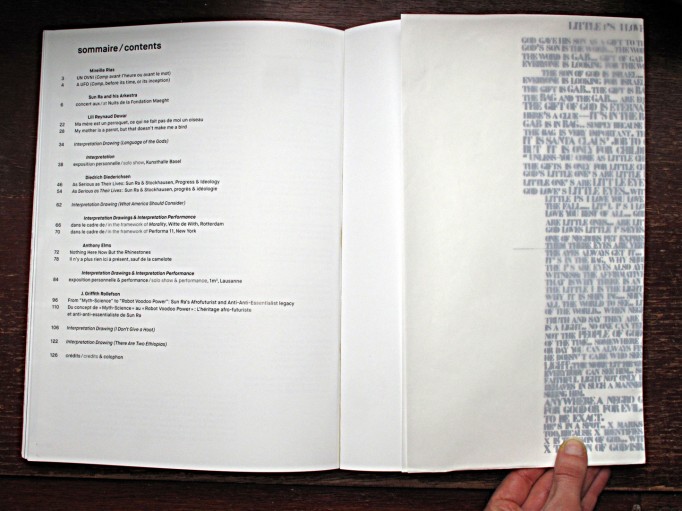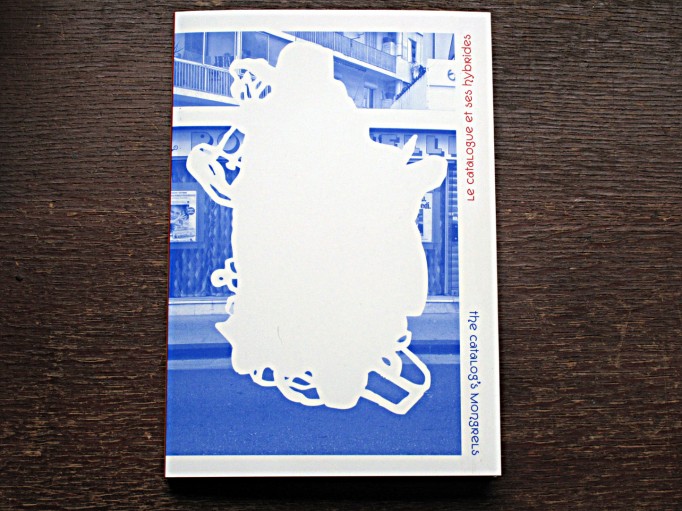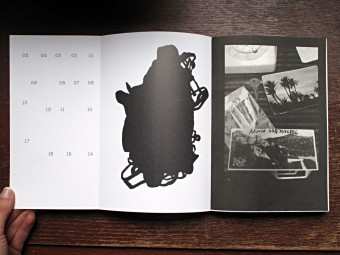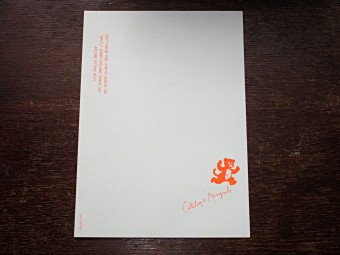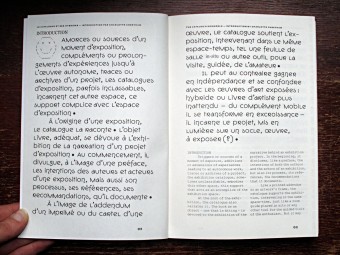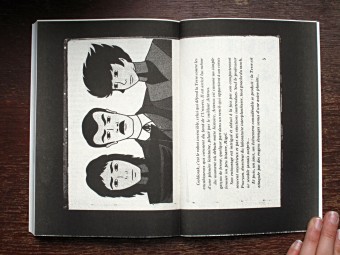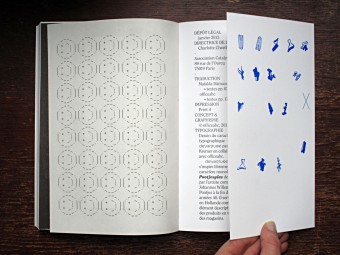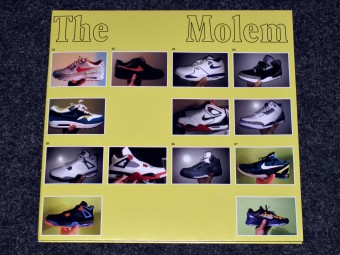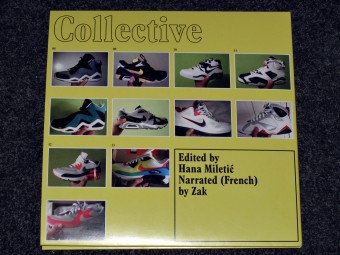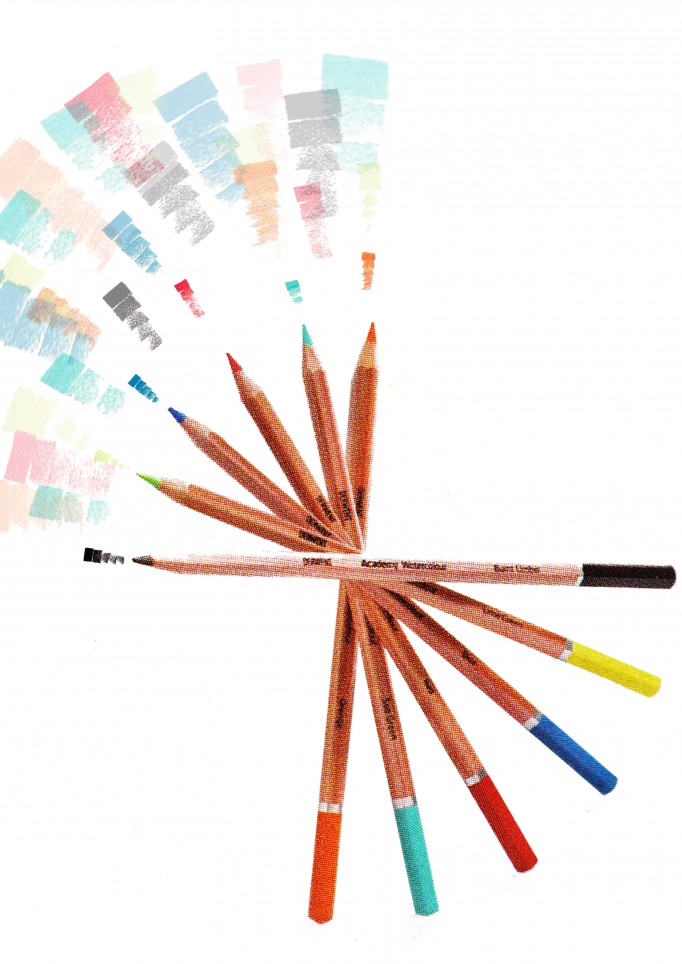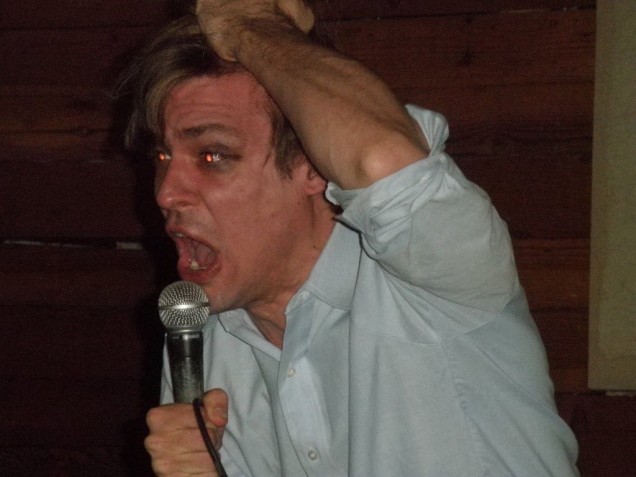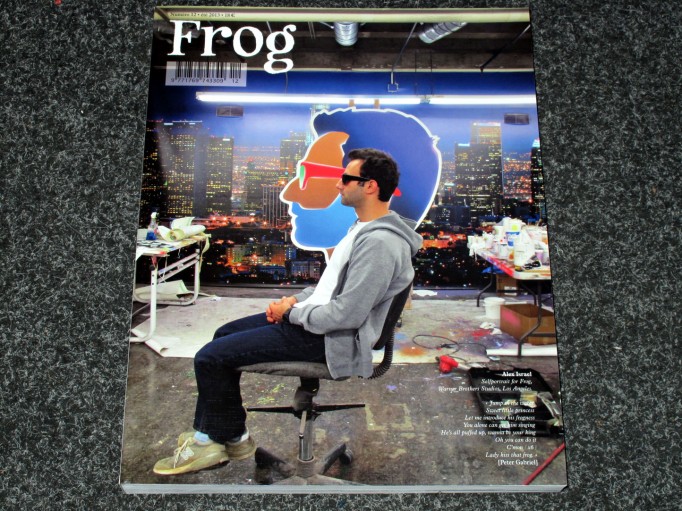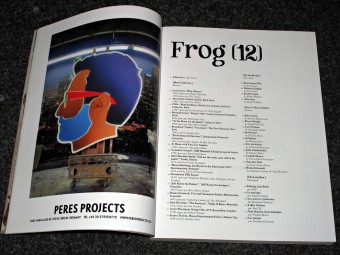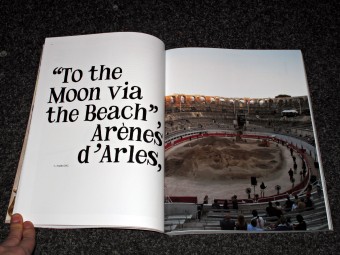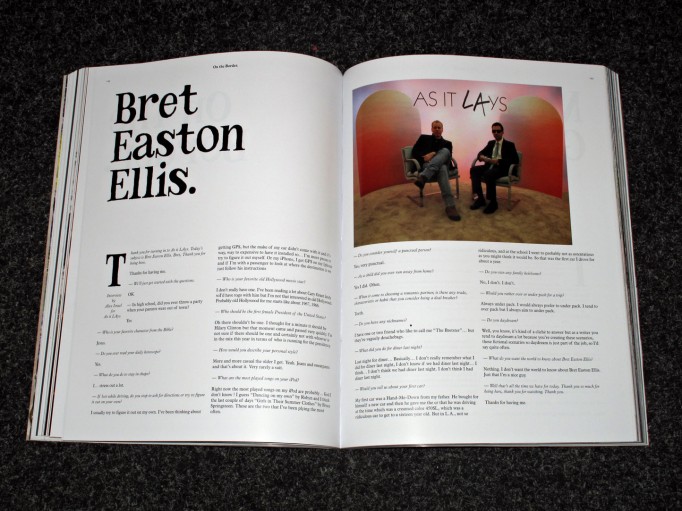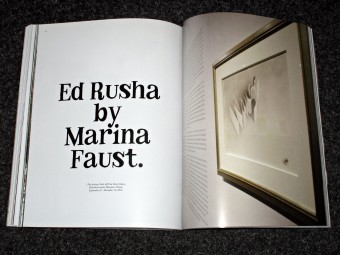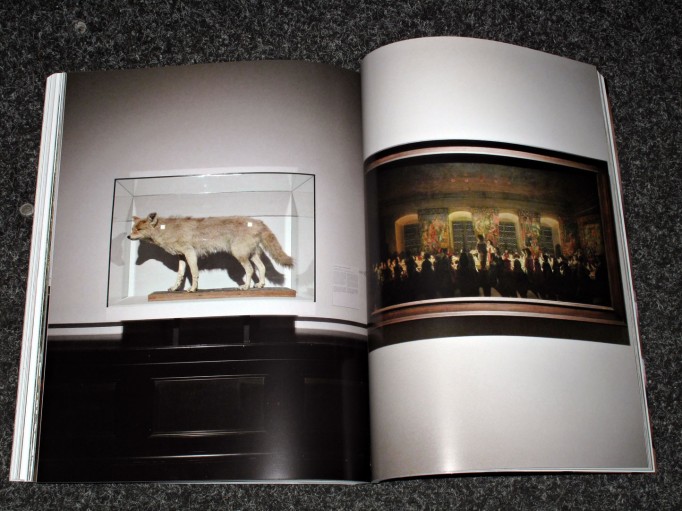Dreaming the Mainstream. Mark von Schlegell. Merve Verlag Berlin.
Posted in Theory, writing on March 30th, 2013Dreaming the Mainstream. Mark von Schlegell. Merve Verlag Berlin.
»Wir, die wir im 21. Jahrhundert leben, sind nicht die ersten Generationen, die es mit einer veralteten Moderne zu tun haben. Unsere ehemals kritische Obsession für den Modernismus hat sich in ein Begehren verwandelt, denn als Moderne sehnen wir uns danach, modern zu sein, um das wiederherzustellen, was der Modernismus niemals war, aber doch endlich werden muss. Selbst darin sind wir noch Erben einer Tradition.« Mit dem Realometer (Berlin 2009) – als ästhetischem Instrument zur Erzeugung unwahrscheinlicher Wirklichkeiten – hat MVS eine amerikanische Fissur im Modernismus des 19. Jahrhunderts nachgezeichnet.
In Dreaming the Mainstream verfolgt er die Weiterentwicklung des Realometers im kulturellen Mainstream des 20. Jhs. Texte von Emily Dickinson, H.P. Lovecraft, Patricia Highsmith, Bob Dylan, Raymond Roussel und David Hume zeigen Anspruch und Scheitern des Mainstreams, seine fantastischen Versprechen einzulösen. Schlegells fiktiv-kritische Methode macht sich die Möglichkeitsformen zeitgenössischer Kunstkritik zu eigen, und erzeugt so einen futuristischen, textlichen Aktivismus, der die Schranken von Anstand, Plagiarismus, Genre, Gelehrsamkeit und Fantum weit hinter sich lässt.
Mark von Schlegell (*1967), schreibt Science-Fiction Romane (Mercury Station (2009) und Venusia (2005) bei Semiotext(e)), Essays und Kunstkritiken.
[www.sff.net/people/schlegell]
Mit Illustrationen von Manuel Gnam und Sergej Jensen.
Übersetzt von Petra Porsche.
IMD 345
2013
German / English
152 Seiten.
ISBN: 978-3-88396-283-2
D 14€

